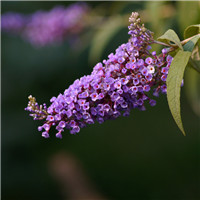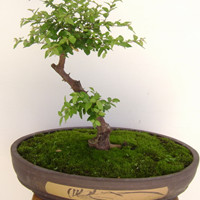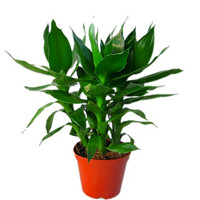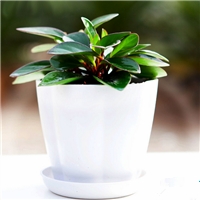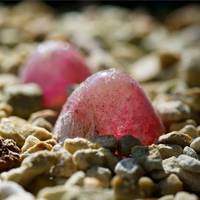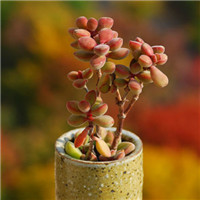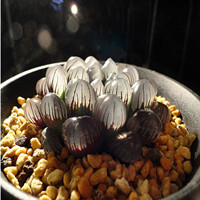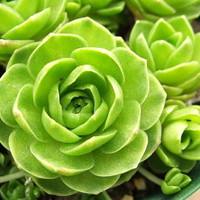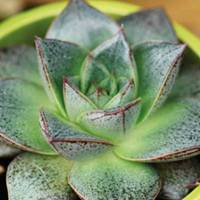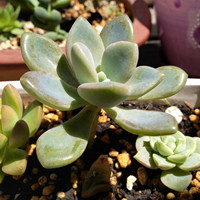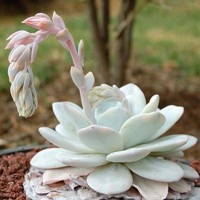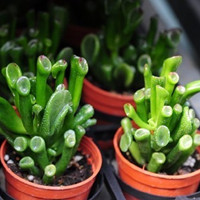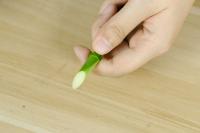Introduction
Ivy plants are a popular choice for indoor and outdoor decoration due to their attractive, green foliage. Whether you're a seasoned gardener or a first-time plant owner, knowing how much water an Ivy plant needs is crucial for its health and longevity. In this article, we'll explore the factors that determine the water requirements for an Ivy plant, and guide you on how to best care for your plant.
Factors that Affect the Water Needs of an Ivy Plant
The amount of water an Ivy plant needs is influenced by several factors. These include:
1. Plant Size
A smaller Ivy plant needs less water than a larger one. This is because larger Ivy plants have more leaves, which require more water to maintain turgidity.
2. Light and Temperature
Ivy plants require moderate to bright indirect sunlight to survive. The amount of light and temperature will influence evaporation and transpiration rates, thus affecting water requirements. If your Ivy plant is in a hot, dry spot, it may need more water than one that is in a cooler, more humid location.
3. Soil Drainage
The type of soil and its drainage capacity can also impact the Ivy plant's water needs. Ivy plants prefer well-draining soil that allows excess water to seep out easily. If the soil doesn't drain well, the plant may suffer from root rot or overwatering.
How Much Water Does an Ivy Plant Need?
The general rule of thumb for watering an Ivy plant is to keep the topsoil moist but not overly wet. It's essential to avoid letting the soil dry out completely or keeping it too damp. Overwatered Ivy plants can develop root rot, and underwatered Ivy plants may become wilted and weak.
Watering Frequency
The frequency of watering an Ivy plant depends on several factors, including the plant size, location, and environmental conditions. As a general guide, it's recommended to water your Ivy plant once a week, or when the top 1-2 inches of soil feel dry to the touch.
Watering Techniques
When watering your Ivy plant, it's essential to avoid getting water on the leaves, as this can encourage the growth of mold or cause leaf spots. Instead, water the soil around the plant until the water seeps out of the drainage holes at the bottom of the pot. Discard any excess water to prevent waterlogging the soil.
How to Tell if Your Ivy Plant Needs Watering
There are several signs to look out for that may indicate that your Ivy plant needs watering. These include:
1. Soil Dryness
Check the soil regularly by pressing your finger into the soil to check for dryness. If the soil feels dry to the touch, it's time to water your Ivy plant.
2. Wilting Leaves
If the leaves on your Ivy plant are drooping or wilting, it may indicate a lack of water. Water your plant and observe if the leaves perk up after watering.
3. Brown Leaf Tips
Ivy plants with brown leaf tips may indicate underwatering or overfertilizing. Check the soil dryness and adjust watering frequency accordingly.
Conclusion
Ivy plants are a beautiful addition to any living space, and their care requirements are relatively easy to follow. Knowing how much water your Ivy plant needs, and when to water them, is critical to their health and vitality. By following the tips and techniques in this article, you can ensure that your Ivy plant thrives and adds color and life to your home or garden.

 how many times do yo...
how many times do yo...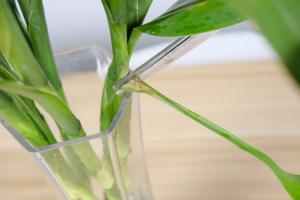 how many planted tre...
how many planted tre...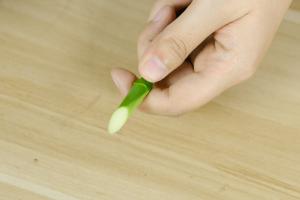 how many pine trees ...
how many pine trees ... how many pecan trees...
how many pecan trees... how many plants comp...
how many plants comp... how many plants can ...
how many plants can ...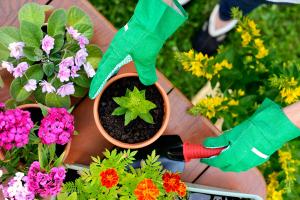 how many plants and ...
how many plants and ...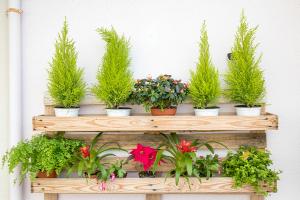 how many pepper plan...
how many pepper plan...
